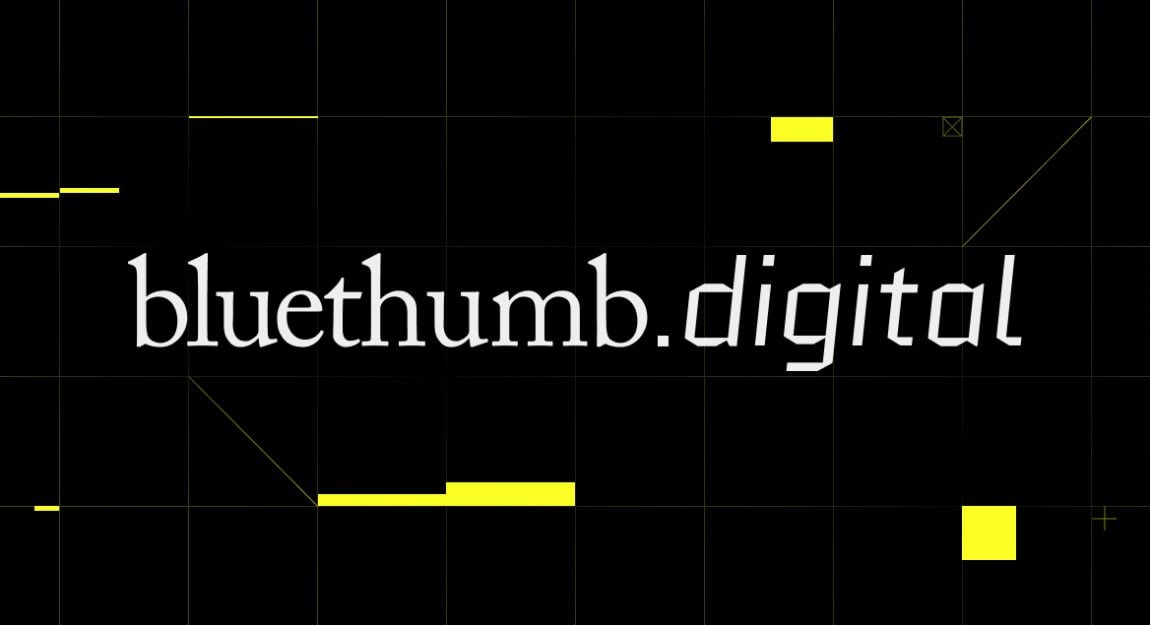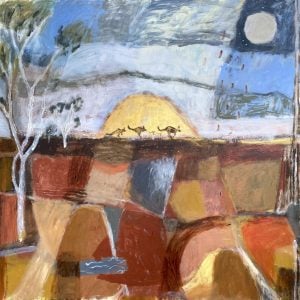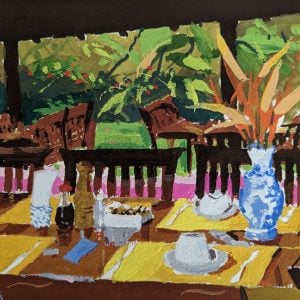5 Things You Should Know About NFT PFPs (Profile Pictures)
One of the most well-known categories of NFTs, PFPs (profile pictures) dominate the top 10 traded NFT collections by sales volume. Recent news highlights include their rollout to Twitter Blue subscribers in Jan, a CryptoPunk selling for 23.7 million, and newcomer Azuki overtaking the legendary Bored Ape Yacht Club (BAYC) in sales units within two months. So, what is an NFT PFP and what’s all the hype about? Read on as we dive into 5 things you should know about NFT PFPs, including 3 major success factors: community, clout and benefits.
- Community
- Clout
- Benefits
- What about Artists?
- What You Should Consider
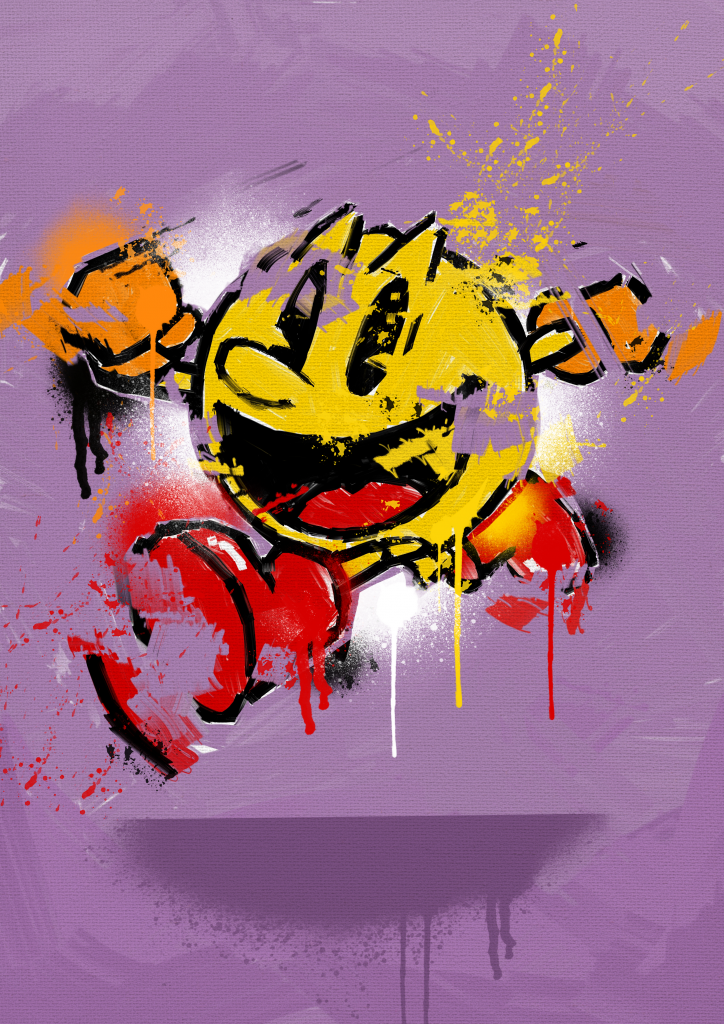
PACMAN by dishyboy
1. Community
Community is an oft-cited success factor in the NFT world which drives collector support. In two of the most in-demand NFT collections such as Azuki and CryptoPunks, writer Jennifer Tieu mentions the welcoming feel of the former project’s community channels, and even CryptoPunks is known to have been built around a passionate community.
Using a PFP is a way to indicate your membership within the metaverse (the sphere where virtual reality, the Internet and augmented worlds collide). The tiny PFP artworks are small avatars and are often used in spaces such as Twitter.
2. Clout
Status symbols require attributes known as signaling costs, whereby the difficulty of acquisition due to social and economic factors makes something more desirable. With celebrity buy-in and fixed supply (several collections are capped at a number such as 10,000), it’s no surprise that interest builds and scarcity drives prices up – causing PFPs to become status symbols.

With demand high and supply limited, NFT PFPs become akin to classic status symbols such as luxury watches. Photo by Chris Lutke on Unsplash
3. Benefits
These vary widely and depend on the project, ranging from airdrops to a cut of royalties, access to live events and in some cases, some licensing rights made available to owners for use in brand merchandise and other creations. So, with connection to a tight-knit community, ownership being a status symbol and exciting benefits being offered – PFPs hold plenty of appeal, and everyone’s happy. Or are they?
4. What About Artists?
Not in some cases. Whilst projects such as Crypto Mos and World of Women allow a portion of royalties to go back to the artists, other projects have been called out for being exploitative. The arguably most well-known example is Seneca, the artist behind BAYC who has spoken out against the unfairness of her compensation.
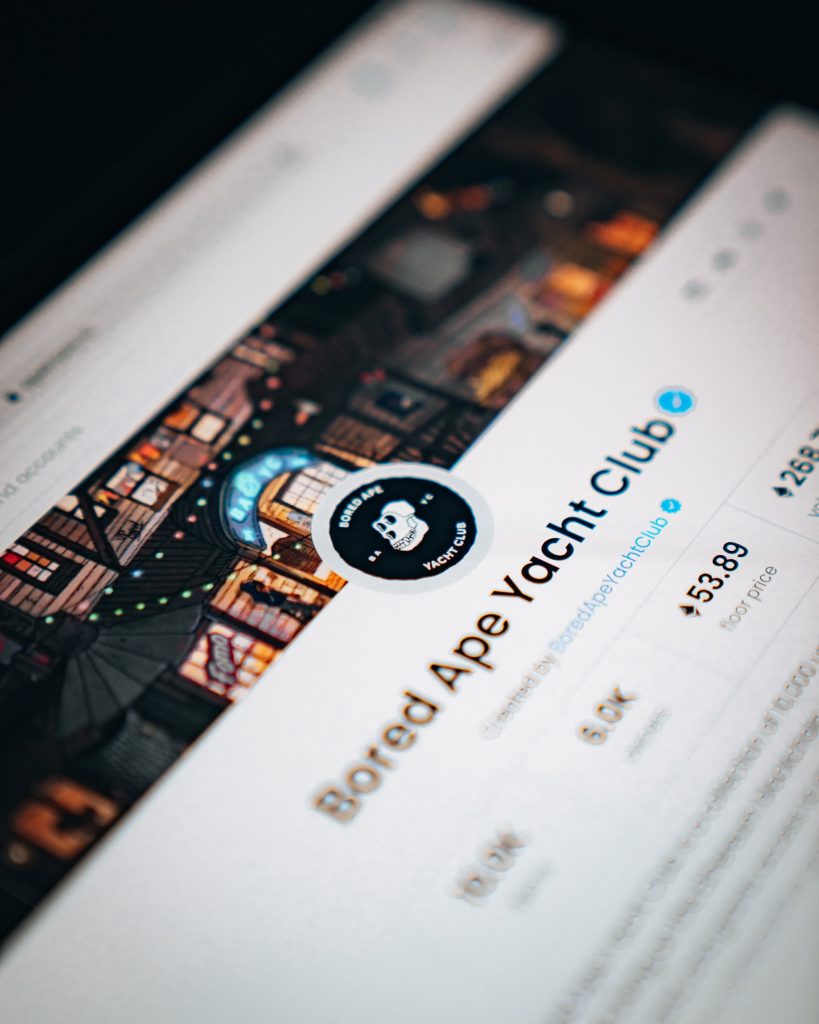
Bored Ape Yacht Club (BAYC)’s official listing on NFT platform Opensea. Photo by Dylan Calluy on Unsplash.
5. What You Should Consider
So the next time you buy a PFP, consider: are you really supporting creators? Who’s behind the project? And is your crypto making NFTs more equitable for all? Here at Bluethumb Digital, that’s what we strive for – putting creators first and uplifting the whole community.
What are your thoughts about NFTs and the metaverse? Let us know in the comments below, as well as any suggestions for the future of Bluethumb Digital.
Keen to learn more about the NFT scene? Don’t miss out on our previous blog articles, or alternatively keep up to date with the latest news on Twitter!

